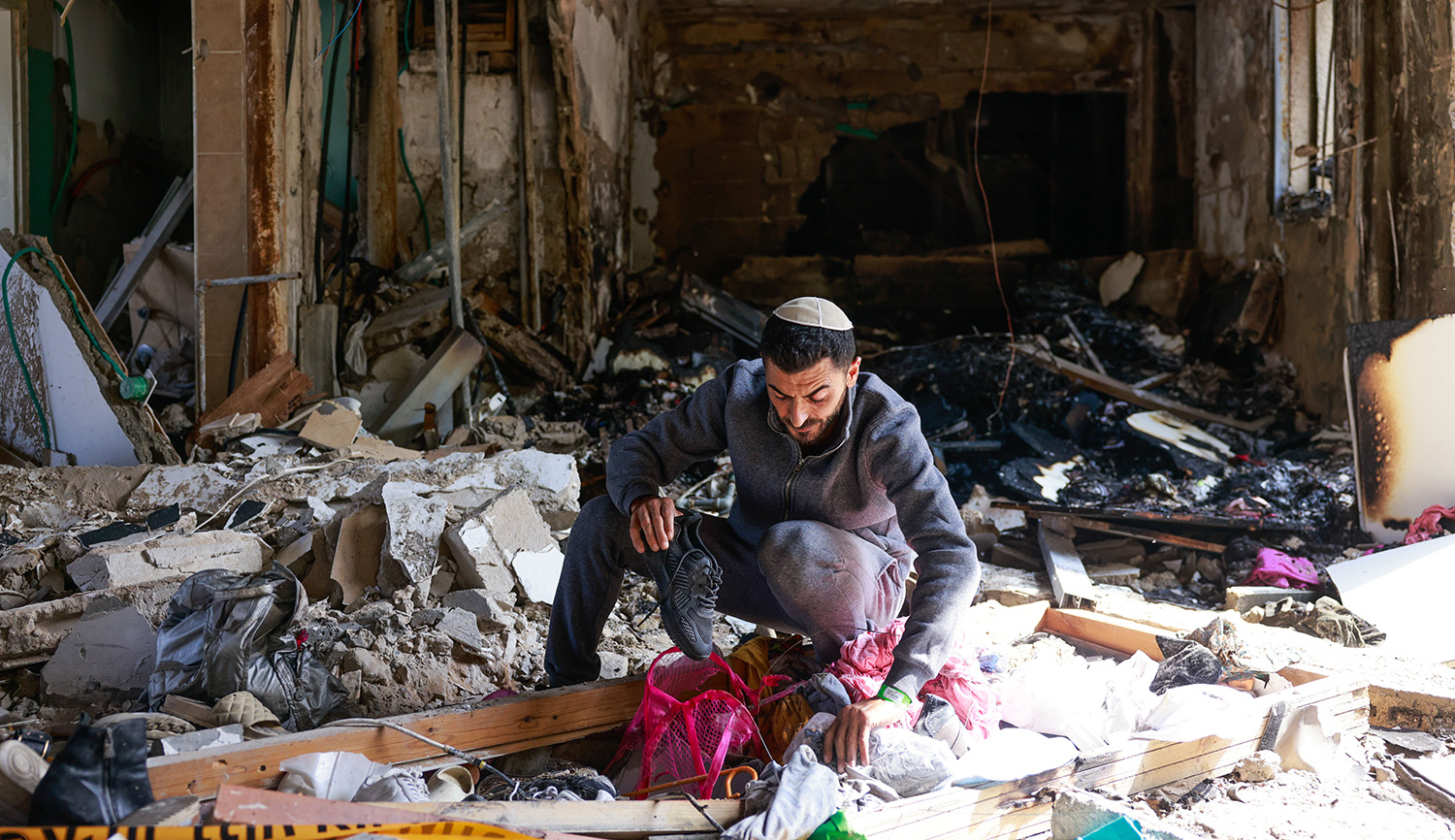While the Sadducees were one of the major Jewish sects at the beginning of the Common Era, relatively little is known about them with any certainty. It seems that they rejected the oral, extrabiblical traditions and practices embraced by their rivals, the Pharisees, which later became the foundations of rabbinic Judaism. Michael Satlow argues, however, that the sect’s origin owes as much to politics as to doctrine:
The Jewish historian Josephus mentions [the Sadducees] in the context of John Hyrcanus, the Hasmonean high priest and ruler of Judah from 135 to 104 BCE. According to Josephus, a guest at a banquet for the Pharisees accused Hyrcanus of being a bastard child, unfit for the high priesthood. In the uproar that ensued, a Sadducee convinced Hyrcanus to abandon the Pharisees for the Sadducees.
Whether true or not, this story might point to the Sadducees’ origin as a political party allied with the Hasmoneans. . . .
The group that Josephus calls “Pharisees,” [therefore], was what was left of the old guard, [representatives of] the status quo. The Sadducees, on the other hand, were a coalition of Hasmonean supporters who sought to challenge Pharisaic power with recourse to Scripture. Raw politics, not abstract claims to authority, were more important in the Hasmonean decision (soon reversed) to align with the Sadducees.
More about: ancient Judaism, Hasmoneans, Josephus, Pharisees, Sadducees


